Ghost Of Tsushima: 10 Mistakes Newbies Make (& How To Fix Them)
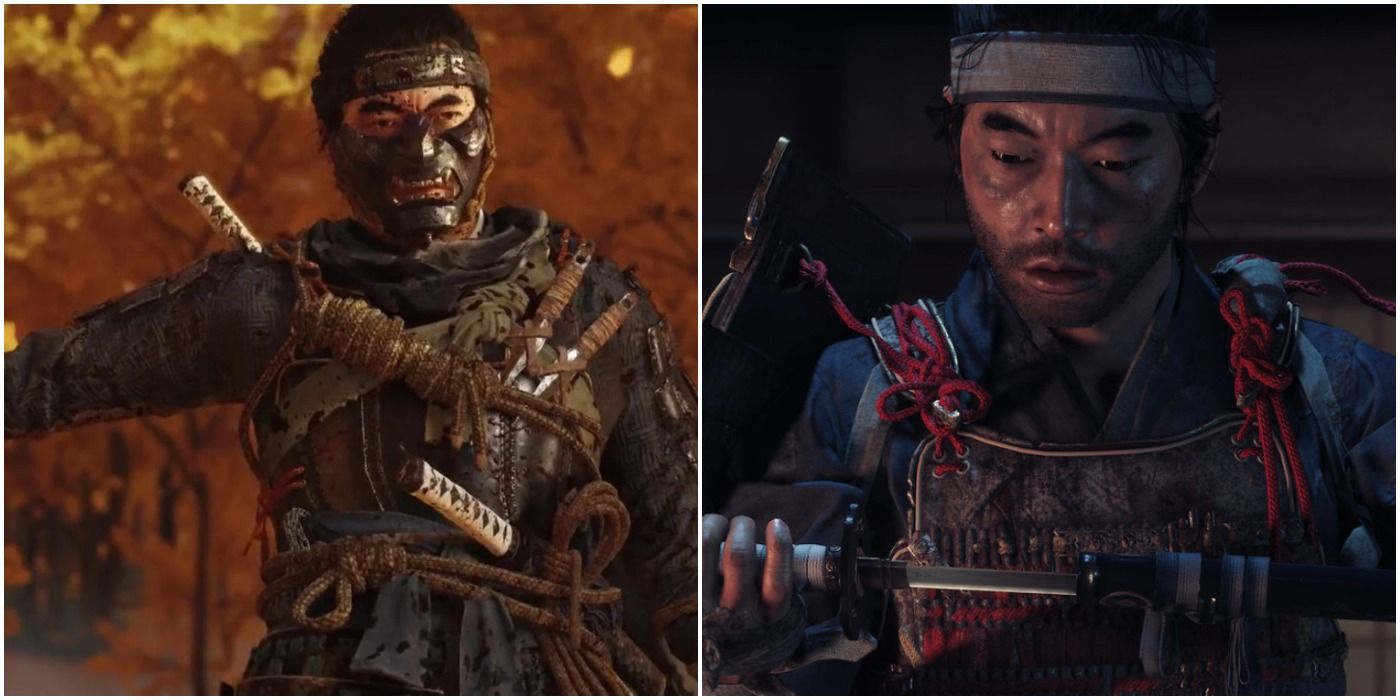
Players of Ghost of Tsushima might find themselves surprised by some gameplay aspects. Aside from its more cinematic spin, the lack of an active UI made Ghost of Tsushima much more realistic to play. As such, this game easily establishes itself as a delight for fans of samurai cinema and more narrative combat.
And unfortunately for newbies, this element might make Ghost of Tsushima a bit challenging to play. Thankfully, this more proactive approach to combat doesn't ruin the Tsushima experience. In fact, players aware of some of the most common mistakes in Tsushima might want to rethink their gameplay strategy.
10 They Rush Early In The Game
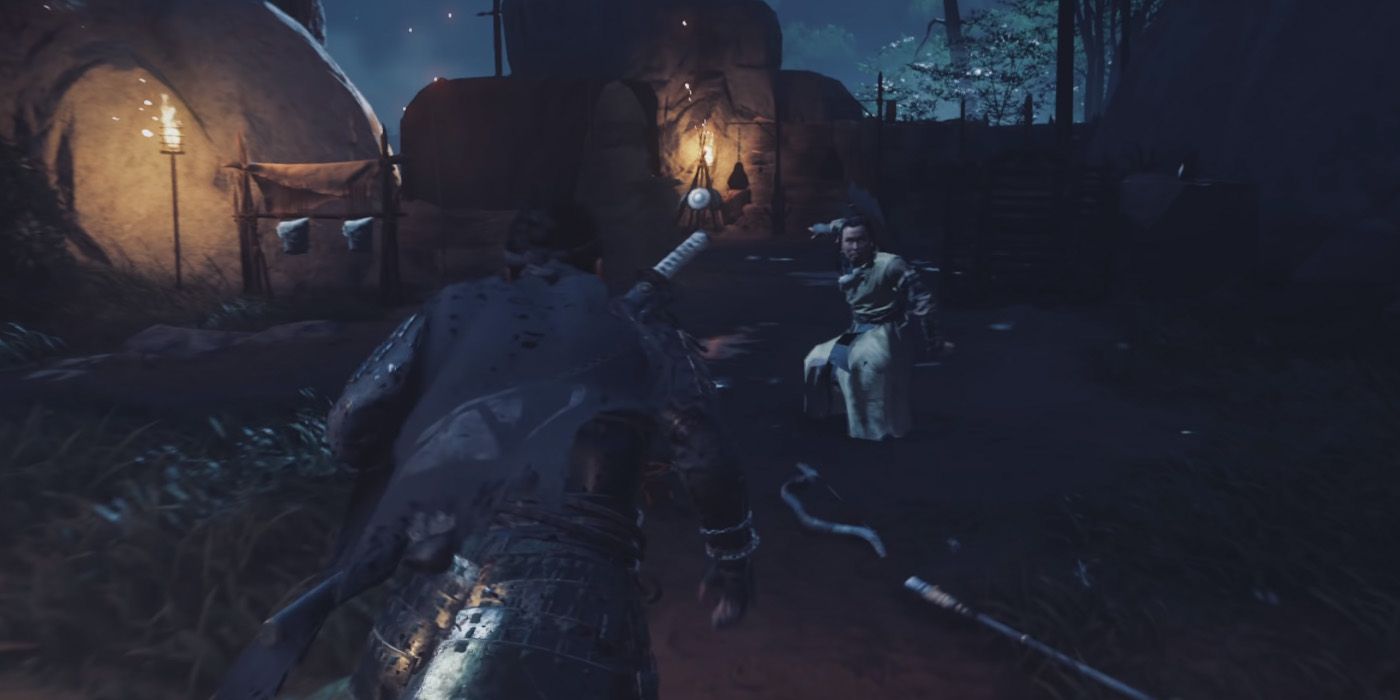
People love Tsushima for its narrative, as it slowly shows Jin's transformation from a samurai to a Ghost, where it slowly dawns upon him that sometimes the samurai's honor code isn't always the best way to tackle things. As such, players should anticipate that Jin won't be having a lot of stealth options in the early game.
Rather, instead of rushing the story to earn the basic stealth skills, new players should start getting used to Jin's sword-fighting first. It's very likely for most fights in the game to become skirmishes. As such, players should familiarize themselves with combat before they encounter more complex Stances, moves, and equipment.
9 They Forget Armor
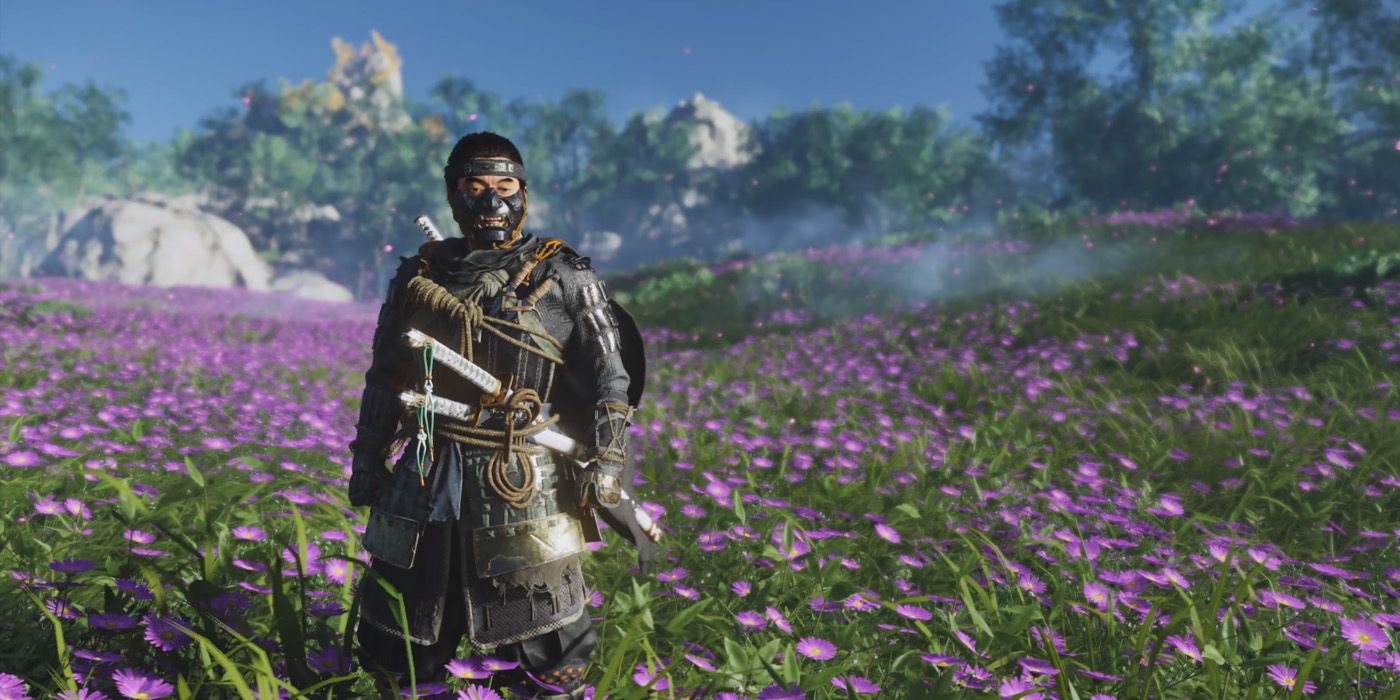
Armor sets perhaps strike the appeal of the more creative players in Tsushima. Jin can wear attire that helps him look like regular townsfolk, those that make it blatant that he's a samurai or those that make him seem more stealthy. Interestingly, aside from visuals, armor can add both stat bonuses and special effects.
For instance, the Traveler's Attire eliminates more fog of war, meaning Jin can find better treasures (Artifacts), items, and even spot NPCs faster. Moreover, Jin can change armor via the quick swap menu, allowing him to choose the right armor for any occasion. For instance, the Samurai armor adds defense, making it great for larger fights. Meanwhile, the Ronin attire makes it easier to sneak around.
8 They Ignore Stances
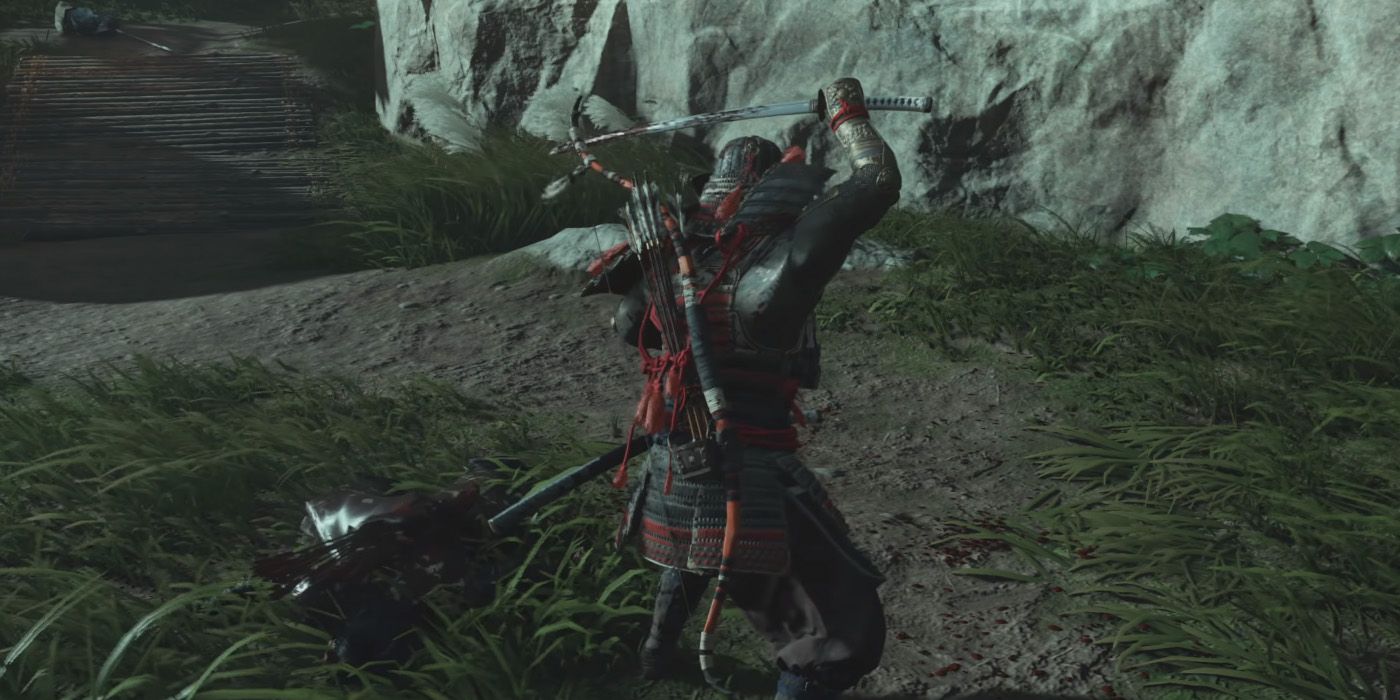
Stances perhaps define the core mechanic of Tsushima's melee gameplay. Jin learns four Stances throughout the game, each of which is useful for a certain kind of enemy. This system seems similar to how For Honor works, except it's stance-counters-enemy instead of attack-counters-attack.
In essence, Stone Stance works against Swordsmen, the most basic enemy type. Additionally, Shieldmen and Spearmen find themselves weak against the Water and Wind Stance, respectively. Finally, Brutes can be mowed down with the Moon Stance. Switching styles against individual enemies can be easy. However, players need to practice switching Stances mid-combat when facing multiple foes at once.
7 They Don't Pay Attention To Archers

In speaking of mid-combat, Tsushima heavily relies on finding the rhythm of a stance. As such, entire combos can be interrupted when Jin suddenly gets attacked mid-combo. Despite being easier to eliminate, players should pay attention to archers in any group battle.
True, archers might not deal as much damage as other close combat fighters. However, it gets pretty annoying when players get struck down after a combo interruption. In combat, players should ideally strike down archers first since they have weaker armor. And in stealth missions, players should find and take down archers first as their positions likely give a better view of the area.
6 They Overlook Fall Damage
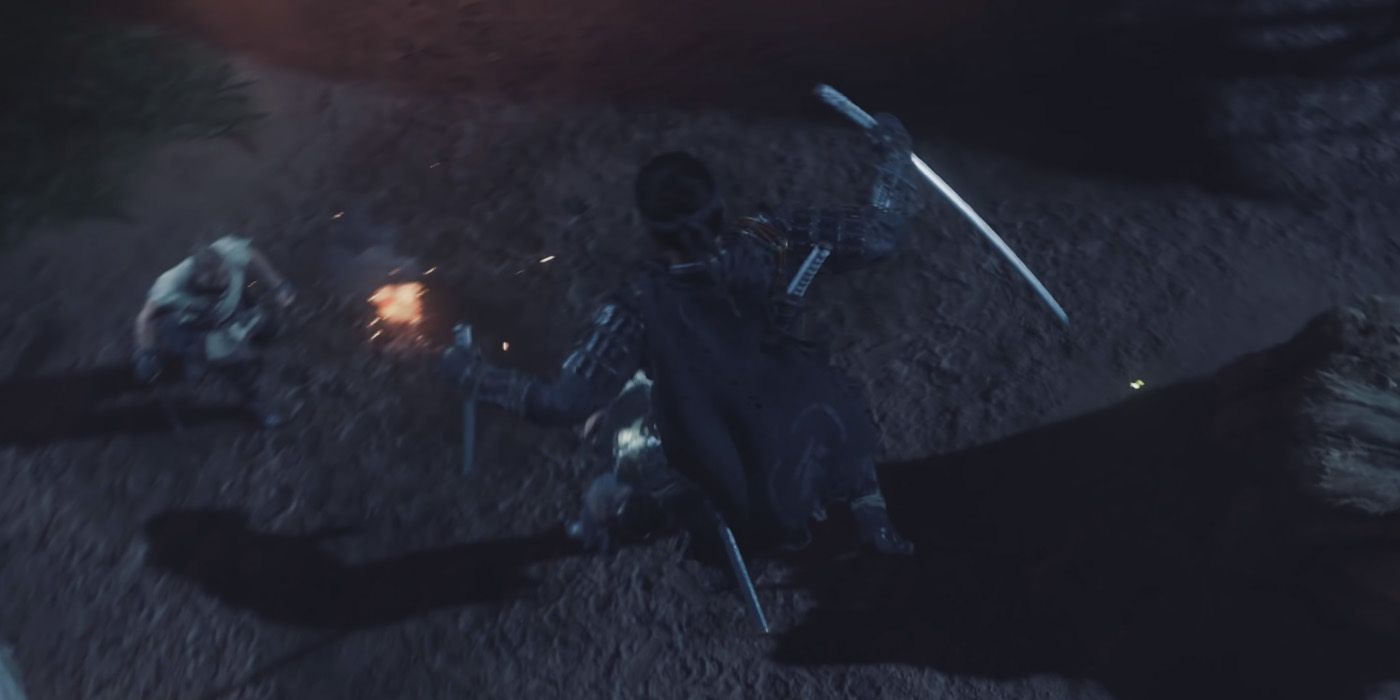
On the subject of damage, players should try taking advantage of edges such as cliffs to eliminate opponents. As some enemies tend to have lunge attacks, players should try evading these lunges in order to send them falling off ledges. This move might be tricky to pull off, but this can be extremely helpful in combat against annoying opponents.
However, players should also pay attention when climbing down cliffs. Players should pay attention to game prompts that state whether a path is safe or not. Otherwise, players can also invest in Safe Landing under the Ghost tree.
5 They Forget Resolve
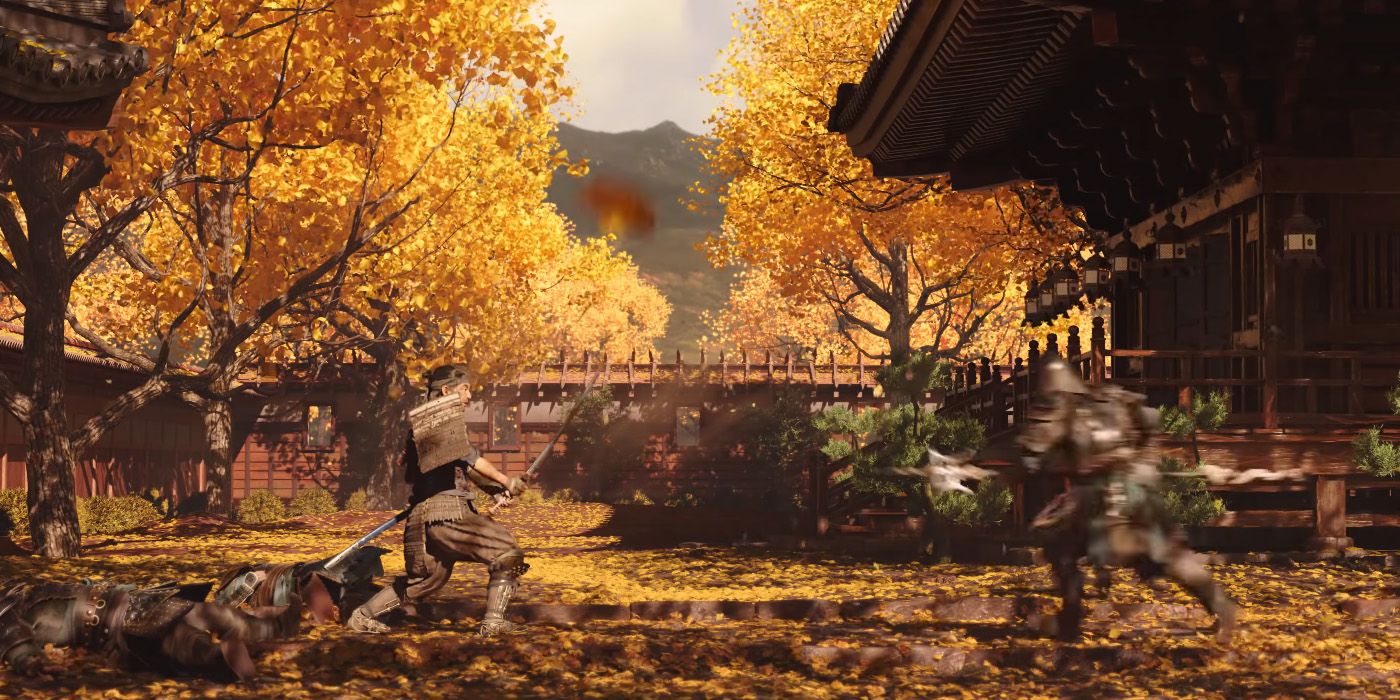
Resolve allows Jin to pull off some incredible techniques and attacks, which means it's a valuable resource to keep. Unfortunately, the game doesn't have items that replenish Resolve. Instead, players increase Resolve by defeating enemies. Moreover, they earn more Resolve when Jin kills enemies in standoffs or when enemies are terrified.
This mechanic makes Tsushima partly a resource management game. After all, there's a huge difference between Jin entering a battle with full Resolve and entering battle hoping the enemies will be enough to meet his Resolve needs.
4 They Skip Exploration
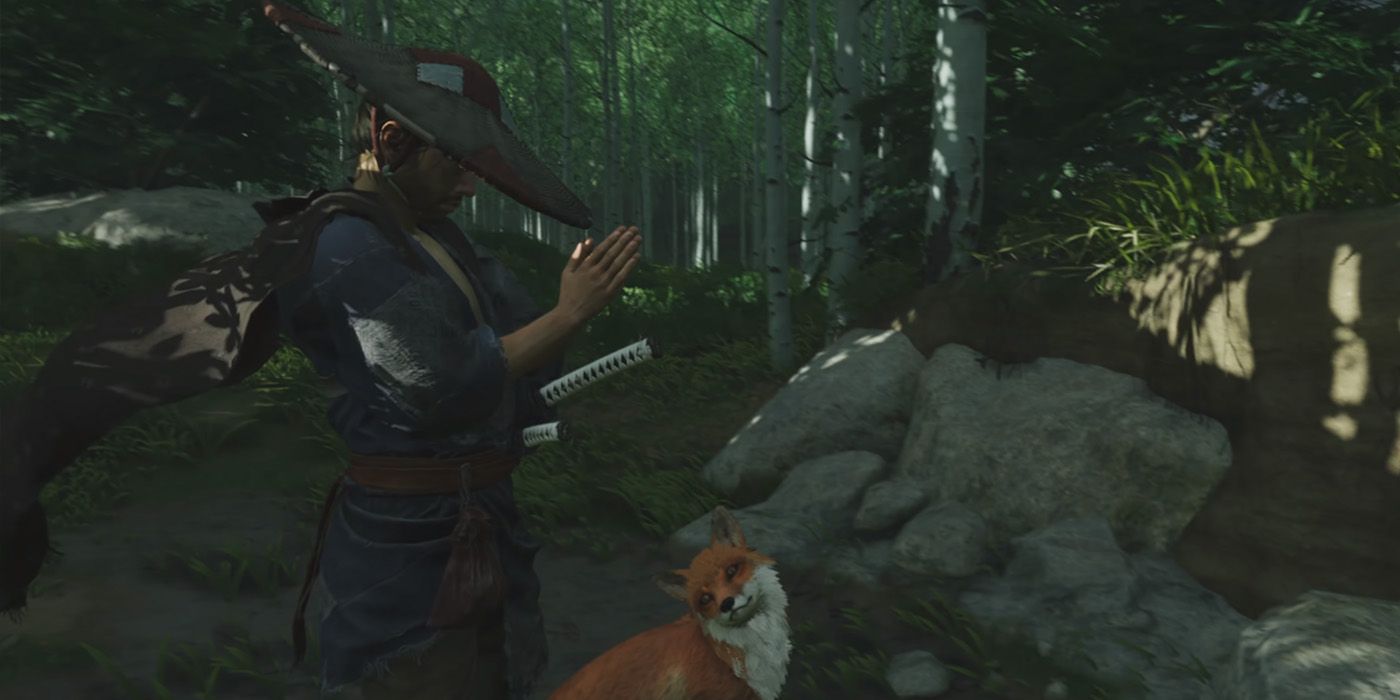
Since Tsushima has such a huge world, it's no doubt that some players might think the overworld might be too large to explore. However, players should invest in exploring the in-game map as some locations do offer rewards and advantages that can help in the long run. These special locations include Shrines, Bamboo Strikes, Fox Dens, and Hot Springs.
When discovered, these areas offer special perks that can help Jin in his mission. For instance, Hot Springs can increase overall health while Fox Dens increase charm slots.
3 They Skip Optional Objectives
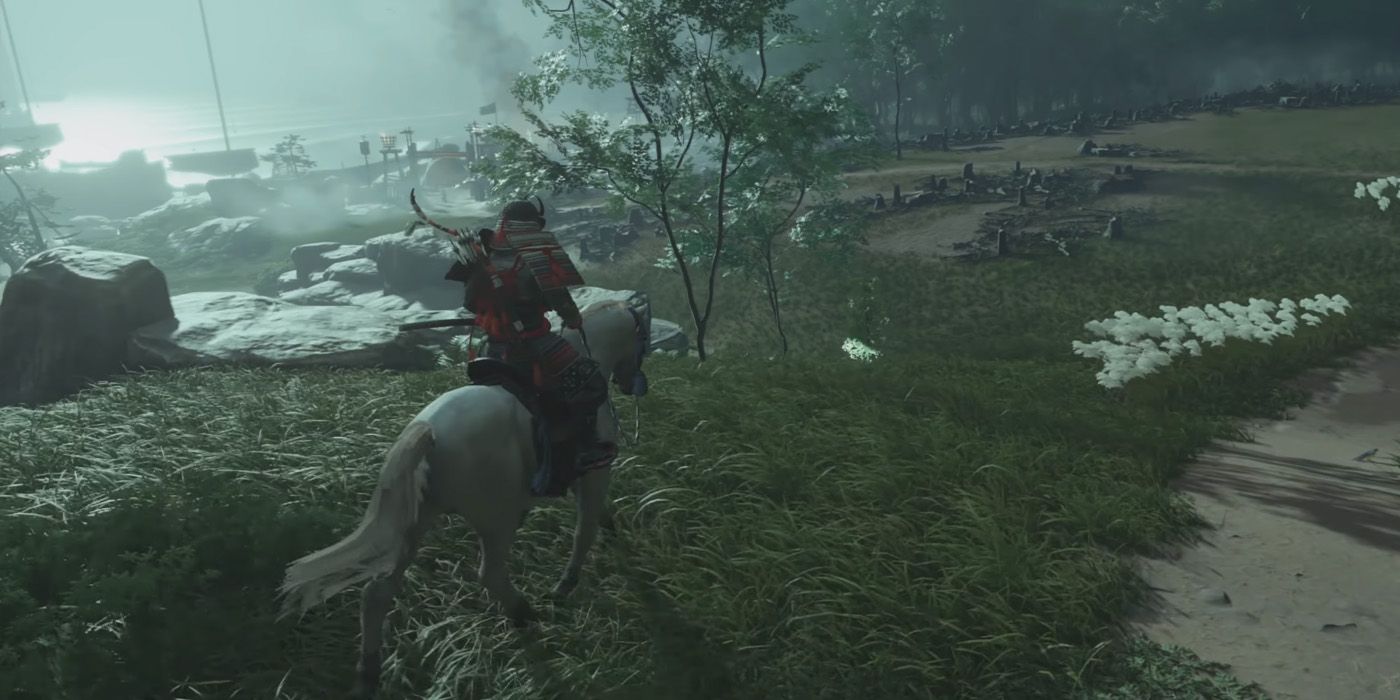
Thanks to the open-world nature of the game, Tsushima lets players take on various enemy camps. More creative players can experiment infiltrating enemy camps stealthily or head-on. Regardless, their main objective is to eliminate the camp leader and it's considered a victory. Interestingly, players who want to make Jin stronger shouldn't leave the camp immediately.
However, players who want to secure progress faster should probably finish the optional objectives for that particular camp. Thanks to these optional objectives, players can sometimes earn Legend XP and even get more points to their Stance unlock progression.
2 They Skip Character Tales

One of Jin's core thrust in Tsushima's story is to recruit people from the region to repel Khotun Khan's army. Thankfully, the game makes it easy for Jin to find and recruit allies that can accompany him across missions. Interestingly enough, each of these characters also has Character Tales or side missions that help Jin get to know them and their lives better. Theoretically, as side missions, the players can skip them or do them midway into the game.
However, this might not necessarily be a good idea. Finishing Character Tales not only helps build Jin's relationship with the ally in question, but they also reward players with upgrades and gear that will be useful in that point of the main story. In fact, players should probably pursue Character Tales as soon as they get them, as they likely tie in closely to certain parts of the main story.
1 They Skip Mythic Tales
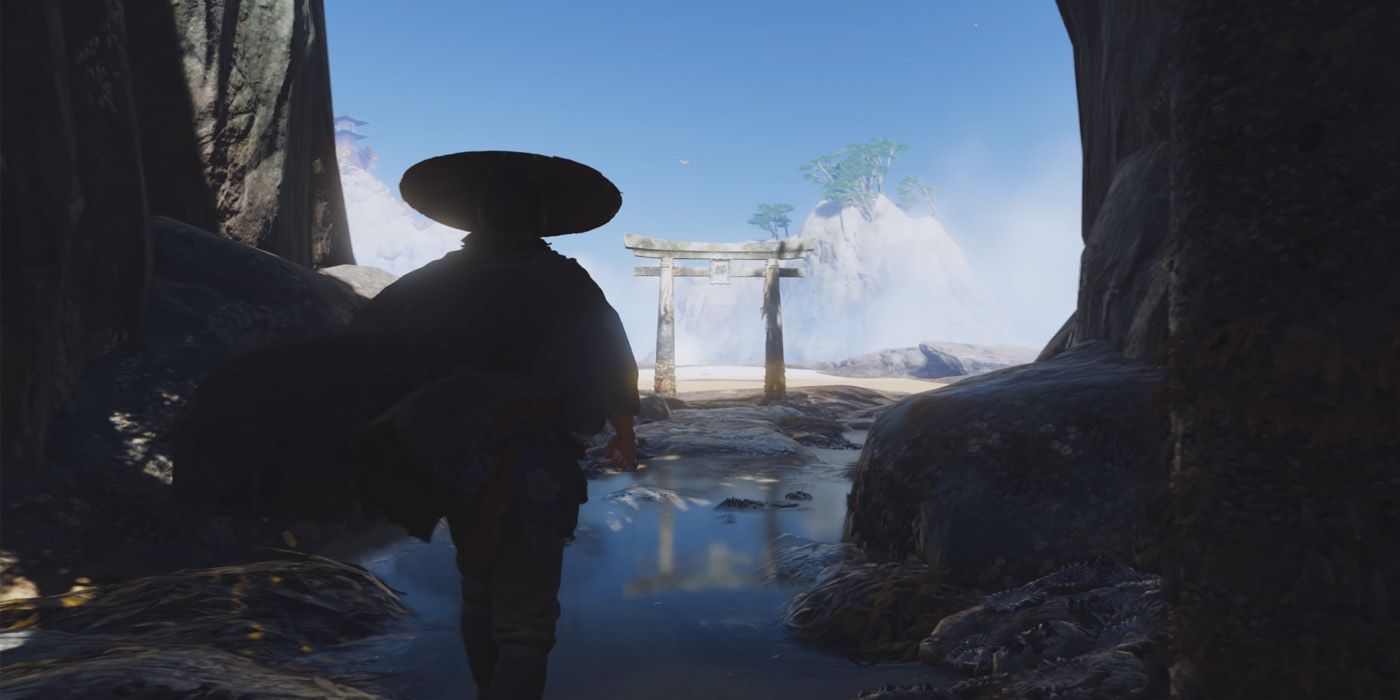
Players should pay attention to both the main story and the side missions and not just for game completion. In fact, players who progress well enough with the main story and side missions will slowly unlock Mythic Tales. Instead of focusing on a specific character, these missions focus on expanding Tsushima's lore by introducing various mythical figures.
Mythic Tales not only talk of these figures' deeds but also lead to special items and techniques that can greatly enhance Jin's abilities. Players who unlock these missions should try to do them immediately. There are three Mythic Tales in Act 1, two in Act 2, and one in Act 3.

Post a Comment